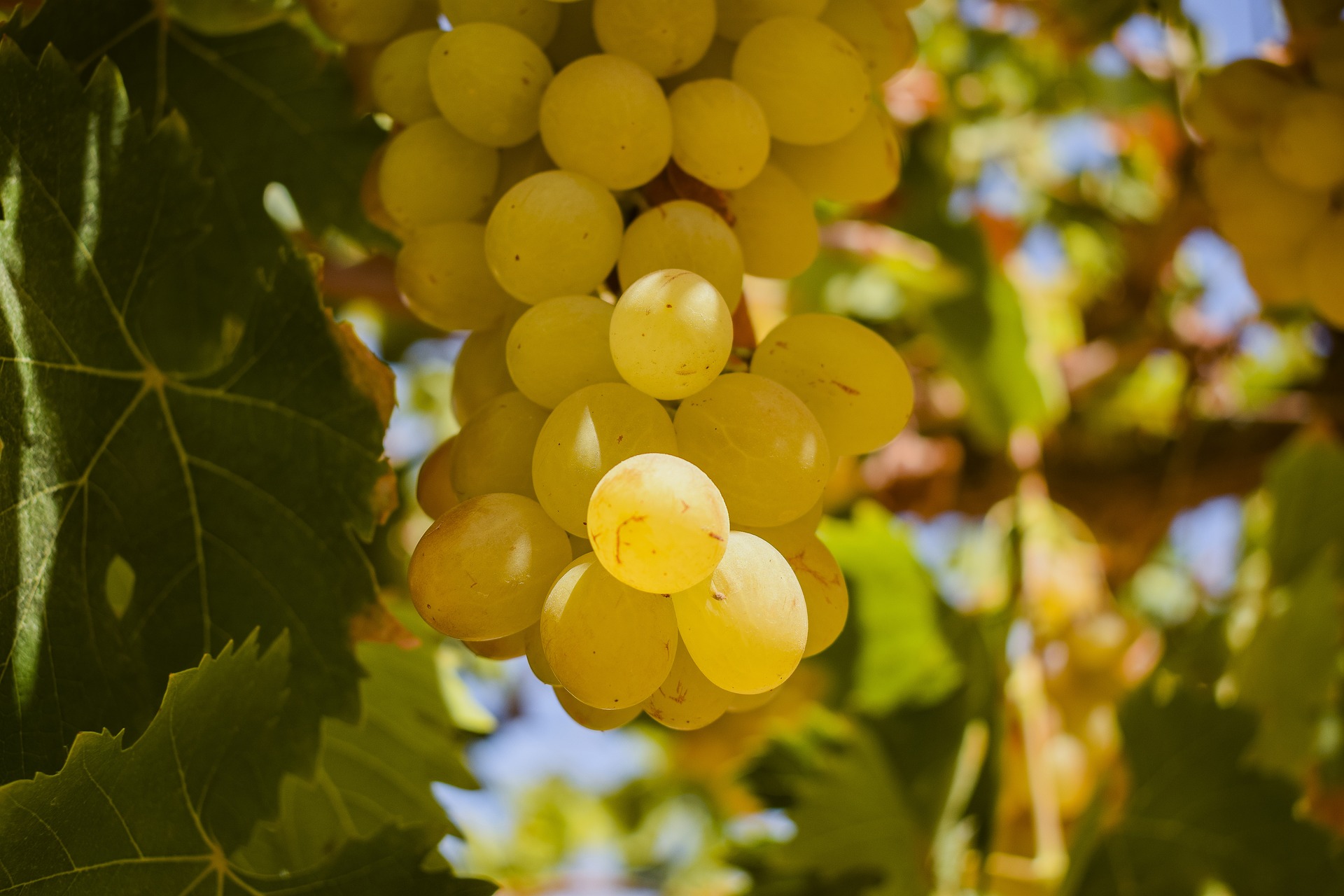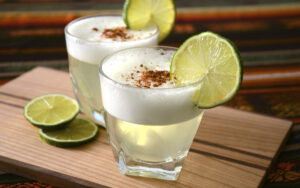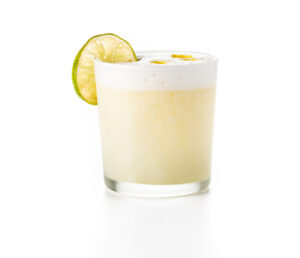Pisco is a type of must and spirit distillate that is produced in Peru and Chile. However, both countries have a different denomination of origin and production, which leads us to diversify the characteristics between Chilean and Peruvian pisco. In this article, we will discuss these differences in detail so that you can learn more about this delicious traditional drink.
Do you know the difference between Chilean and Peruvian pisco? If not, don’t worry! Continue reading to learn the difference between these two types of pisco origins and their recognition in the world.
What is pisco?
Pisco is a type of brandy made from fermented grape juice. It is produced in Peru and Chile. Both countries have very different traditions when it comes to making this liquor.
Pisco is made with only eight varieties of grapes. These are: Italia, Moscatel, Albilla, Torontel, Uvina, Quebranta, Negra Criolla and Mollar. Grapes are classified into two categories. The first four designated grapes are among the most fragrant and aromatic. The others are called less intense grapes.
Denomination of origin of the Peruvian Pisco
The origin of Peruvian pisco dates back to the Spanish conquest of Tawantinsuyo, centered in southern Peru and controlled by the Inca civilization.
Pisco is currently produced in various parts of Peru, including the city of Pisco, as well as in Ica, Arequipa, Moquegua and Tacna. The department of Ica has a variety of desert and fertile lands where the different varieties of grapes used to produce the distillate are grown; It is in the valleys of Pisco de Ica where this story began.
Instead, pisco would be taken to the south of Chile, a Spanish colony established in 1541 that faced strong clashes with the original inhabitants of the region, especially in the north of the country. The Mapuche had already fought and traded with the Incas, a huge empire based in Peru.
Elaboration of peruvian pisco
Pisco is made in many places in Peru. In Peru, the optimum climate and topography for growing grapes is just outside the capital, Arequipa, in the southern coastal region of the country. The farms are located in the valleys of Lima, Ica, Arequipa, Moquegua, Locumba Sama and Caplina.
Pisco is a distillate that is made from grape juice and whose history begins on the central and southern coasts of Peru (South America). It is the result of the fermentation and distillation of various types of grapes.
Additionally, the best pisco is made from a blend of different grape varieties, each contributing its own aromatic flavor profile. To make pisco, the grapes are first crushed and then fermented for several weeks.
Once distillation is complete, the pisco is left to age in metal barrels or botijas for a minimum of three months. After aging, the pisco is ready to be bottled and enjoyed in different refreshing drinks or cocktails.
How is Chilean pisco made?
Chilean pisco is a type of aguardiente that is made from grapes. These are fermented and then distilled in copper stills. The pisco is aged in oak barrels for at least four months.
After aging, the pisco is bottled without filtering or diluting. Chilean pisco has a strong grape flavor with hints of vanilla and caramel. It is usually taken alone or in cocktails.
Differences between Peruvian pisco and Chilean pisco
Pisco is a grape brandy, and is obtained from the distillation of the fermented must of pisco grapes. Of course, both countries make a similar drink, but with different characteristics. The qualities that each one contributes determine a significantly different flavor when sipping it. Now let’s see some of its main features:
The types of pisco grapes
Each country has its own grapes to make pisco, Peru uses up to 8 different strains: Quebranta, Negra Criolla, Mollar, Uvina, Italia, Moscatel, Albilla and Torontel.
There are three different types of pisco. They are determined by the number of grape varieties used and the continuity of the fermentation process. Let’s start by talking about Pisco Puro, which is made from a single grape strain. The producer informs the consumer on the label what grape it is, so it reads “Pisco Puro” plus the name of the grape.
Mosto verde pisco is the name given to a pisco that has been stopped during the fermentation process. This means that the must is distilled before all the sugar is converted into alcohol. Finally, regardless of the grape variety, pisco made from a blend of several grapes is a acholado pisco.
In addition, these 3 types of pisco can be used as base liquors for cocktails such as: the traditional flagship drink “Pisco Sour” or the popular and refreshing “Chilcano de pisco“. In the case of Chile, it is generally produced with three in greater proportion: Moscatel, Torontel and Pedro Ximénez, although the regulation authorizes 11 different varieties.
The distillates of the grapes
Pisco is made in Peru and bottled as it comes out of the still, without water or other additives, and is not aged. Chilean pisco is distilled twice in an alembic with a graduation of 73% abv, after that what remains is diluted with demineralized water until the desired degree is obtained; it can also be stored immediately or aged.
Although both piscos are produced from grapes and have a similar flavor on the palate, they differ in taste due to these variations. Obviously, this also applies to the most well-known cocktail of Peru and Chile, the famous “Pisco sour”, which is disputed between both countries.
The classification of grapes
In Peru, everything depends on the grape: if a single variety is used, pure; while several are mixed, acholado; then there is the mosto verde pisco to consider the one produced with interrupted fermentation. In Chile, alcoholic degrees are distinguished as normal or classic, with 30º; special (35º), reserved (40º) and excellent pisco (43º).
The quantity of pisco grapes
This is a crucial detail to take into account when evaluating the quality and naturalness of the pisco. A bottle of Peruvian pisco, for example, can contain up to 6 kilos of grapes, while a mosto verde pisco can weigh up to 15 kilos; For its part, a bottle of Chilean pisco only contains up to 8 kilos.
Is pisco Chilean or Peruvian?
After reading this article, Pisco will have no secrets for you, except maybe knowing where it really comes from. That is, Chile or Peru? Facing the world, Peruvian pisco has been internationally recognized and tasted by millions of tourists around the world.
Pisco. However, pisco is the national alcohol of Peru and has been recognized throughout the world. This drink was cataloged as national cultural heritage of Peru in 2007. Likewise, Pisco from Peru enjoys the recognition of the AOC with the European Union, which grants that the products with the name “Pisco” come from the city of Pisco
Peru, for its part, supports its idea that the distillate was invented in Ica with convincing historical evidence: the city of Pisco and the port of the same name are located in the Ica Valley, where Peruvians claim that pisco originates and where Spanish vines were first grown.
Today, both countries produce pisco and wines with their own production methods and in different areas, and for the same reason that they defend their origin.





